In this article, we will explain how to attach your Canon camera strap. The steps are the same if you have a Nikon camera or a Sony mirrorless camera. You can even follow these easy steps for a hand grip camera strap or 3 point slinger camera strap. While these steps may seem laborious, they are essential in ensuring your camera is as secure as possible.
Pro Tip: For the easiest connectivity that offers ultimate security for your camera, use a Quick Release Camera Strap with Anti-Theft Technology.
Attaching Your Canon, Nikon, or Sony Camera Strap: The Steps To Follow
Attaching a stock camera strap to a new or existing camera is painful. It's fiddly and really only intended to be done once. However, all too often, we find the need to remove a camera strap to mount on a tripod or place one on a camera more often.

Here are the steps to attach a Canon camera strap, Nikon neck strap, or Sony strap:
Step 1: Prepare your camera
Step 2: Prepare the camera strap
Step 3: Thread the strap onto the lug
Step 4: Secure the strap with the plastic buckle and sleeve
Step 5: Adjust the strap length
Step 6: Check for comfort
Step 1: Prepare Your Camera
It's essential to prepare your camera for the task before you get started attaching your Canon, Nikon, or Sony camera strap. Remove any lens already attached to the camera and place the camera body cap on to protect the sensor. Remove any other accessories such as flash units, wireless triggers, and battery grips.
If you are replacing an existing strap, remove it and ensure that the camera lugs are clean and suitable for the new straps. Lugs come in varying shapes, with larger cameras having a solid metal 'staple' on each side of the camera. Some smaller cameras only have a small thread pass-through or smaller lugs that take a threaded strap.
Place the camera on a stable work surface such as a desk or table in front of you. Have the work surface free of clutter; otherwise, the dangling strap will get tangled on other items or knock things off your table.
Step 2: Prepare The Camera Strap
Now that your camera is ready, it's time to prepare your strap before attaching it to your Canon, Nikon, or Sony camera. Shoulder and neck camera straps feature a nylon strap at each end. Attached to each nylon strap are a buckle and a loop of plastic or rubber that looks like a short sleeve. Pull the loose end of the strap through the sleeve and unbuckle it. The plastic buckle and sleeve will still be attached to the camera strap.
Repeat this on each end of the camera strap before getting started. If you are working with a wrist strap, chances are it will only have one nylon strap. You will still need to unbuckle the nylon strap in preparation. Regardless of following this step on a shoulder, neck, or wrist strap, the nylon end will be open and ready to thread into the camera lug.
Step 3: Thread The Strap Onto The Lug
With the camera sitting upright on the work surface, it is important to layout the strap to ensure it is the right way around. Most camera straps have a top side and a bottom side, with the top usually sporting brand logos and the bottom providing greater padding for comfort. Layout the strap to ensure that the camera strap will face the right way up once attached.

Typically, the buckle attached to the nylon strap faces outwards from the camera. Take one of the nylon strap ends and thread it through the camera lug. Double the nylon strap back to form a loop around the camera lug.
Step 4: Secure The Strap With The Plastic Buckle and Sleeve
Feed the nylon strap through the buckle to follow the existing portion of the strap already threaded through the buckle. Ensure that the nylon thread is secure and does not slide out of the buckle. Pass the loose end of the nylon strap through the rubber sleeve to contain the end from flapping about. You can slide the rubber sleeve up and down the strap to hold the loose end as you see fit.
We recommend not having too much of the loose end exposed or hanging out of the buckle to prevent it from getting caught on items when out on a shoot. Repeat this step on the other end of the camera strap if attaching a Canon, Nikon, or Sony shoulder strap or cross body strap.
Before fitting the second end to the second camera lug, ensure that the strap is not twisted and that the buckle faces outward from the camera body.
Step 5: Adjust The Strap Length
Now that both ends of the camera strap are securely attached to the camera lugs, it's time to adjust the strap length. This step ensures that the amount of nylon strap is equal on both sides of the shoulder or neck strap. It is also to ensure there is ample nylon strap feeding into the buckle on both sides. It's essential to have more than just enough strap feeding through each buckle as they may slip out slightly over time. The last thing you need is the strap to pull free from the buckle when you least expect it.
With the camera strap length adjusted for balance and security, it's time to pick up the strap and camera. Holding the camera strap in one hand, lift the camera weight using only the strap from the tabletop. Do so with caution to ensure that the strap correctly fits the lugs and buckles. If it appears that the strap is slipping, gently place the camera back down and repeat the above steps.
Step 6: Check For Comfort
Now that the camera wrist strap or camera cross body strap is fitted securely to the camera, it is time to test it for comfort. We recommend placing your most commonly used lens back on the camera. If you typically use a speedlight or battery grip, put those on too. If using a wrist strap, pass your hand through the loop and cinch it tight. Holding your camera in hand, check that the length of the nylon strap between your camera and the wrist loop is sufficient and comfortable.
If using a camera neck strap or cross body camera strap, wear the strap with the camera and accessories attached. Get a feel for the weight, balance, and how it feels around your neck, over your shoulder, or across your body.
By sliding the nylon strap back and forth through the buckle on each side, you can shorten and lengthen the camera strap to suit your needs and comfort level. If the strap is too short, it will be too awkward to comfortably bring the camera up to your eye. The camera will dangle out of reach and constantly bump into your body if the strap is too long.
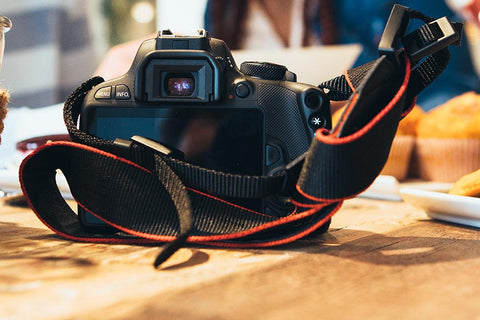
Test the camera with the strap fitted in a range of familiar shooting poses to ensure that the length is totally comfortable.
Get a Better Strap with the Ultimate Security
All the steps above are undoubtedly tedious and an inferior strap such as the one pictured above can lead to tangles. Here at Lucky Straps, we thought there could be a better way to attach your camera strap to your camera.
It turns out there certainly is a better way to attach a camera strap that saves you time and hassle.

Here at Lucky Straps, we've perfected the camera strap to create the ultimate Quick Release Camera Strap system that is fast and convenient for photographers and videographers.
If you have ever tried removing the stock standard camera strap that comes with your Canon, Nikon, Sony, Fujifilm, or Panasonic camera, it's a nightmare. The reason why you may want to remove your strap is to mount your camera on a tripod, in an underwater housing, or on a gimbal. Chances are you are going to be pressed for time.
To save you the hassle of going through all those steps above, in reverse, get the best new quick-release camera strap system from Lucky Straps. With our ultimate camera strap, all you need to do is unclip the allowed clip from the camera strap. That's it. Then your camera will be free of the camera strap for use on a tripod, monopod, gimbal, or in an underwater housing.
To give you an idea of how easy it is, watch this video that explains how to attach the camera strap. You can see how easy it is to remove the strap once you have added it. We are sure you will agree the Lucky Strap camera strap is by far the better method for attaching and removing your camera with the bonus of security!
We recommend you decline the use of your Canon camera strap, Sony strap, or Nikon neck strap and instead use any one of our camera straps with the quick release system. To learn more about our strap products, take some time to glance at our range overview, which gives you an idea of colors and lengths.

Remember, at the end of the day, we don't want you to have to waste time fiddling with your camera strap or 3 point slinger. Instead, we want to see you get out and about photographing or creating videos - leave the simple science of camera straps to us - we've got your strap.

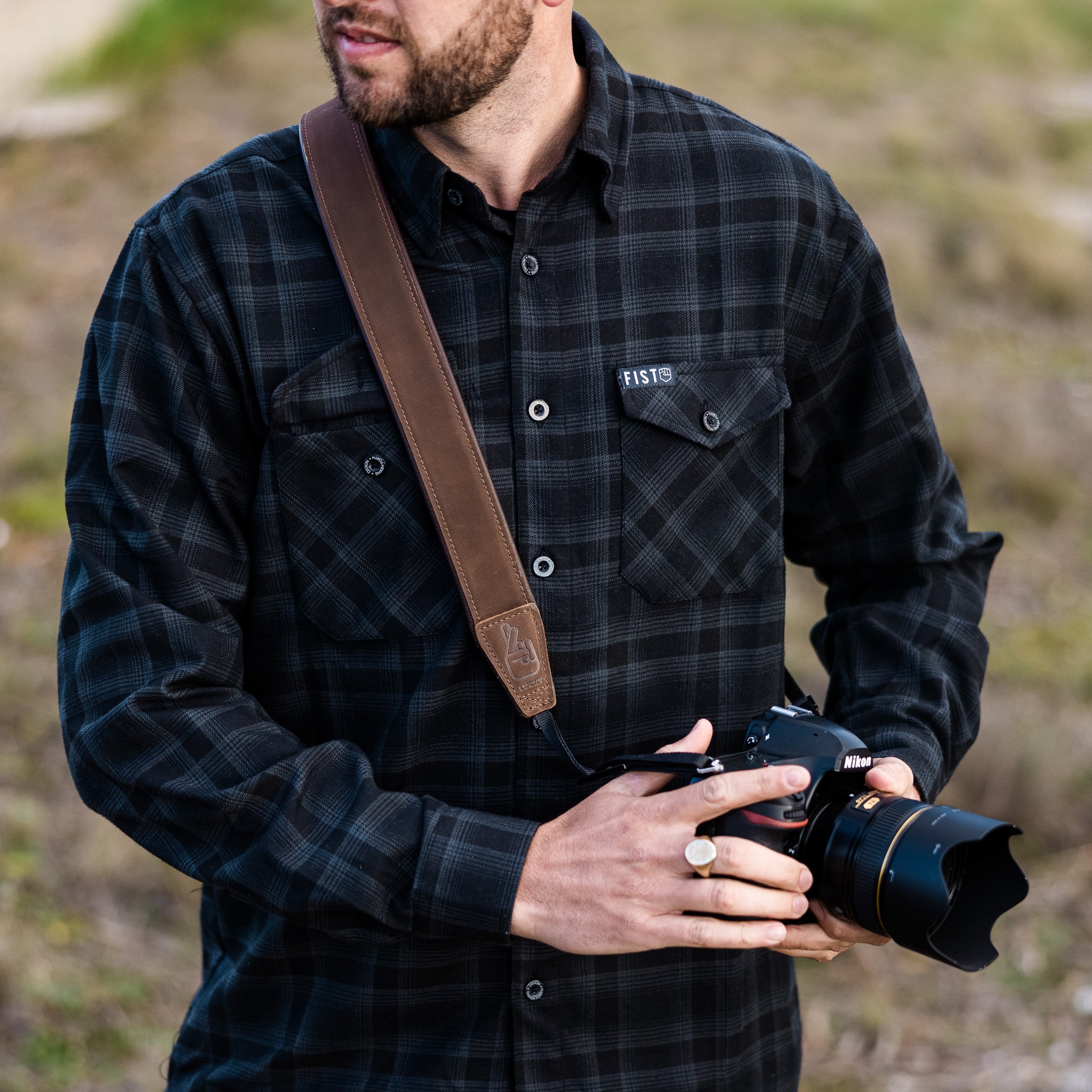
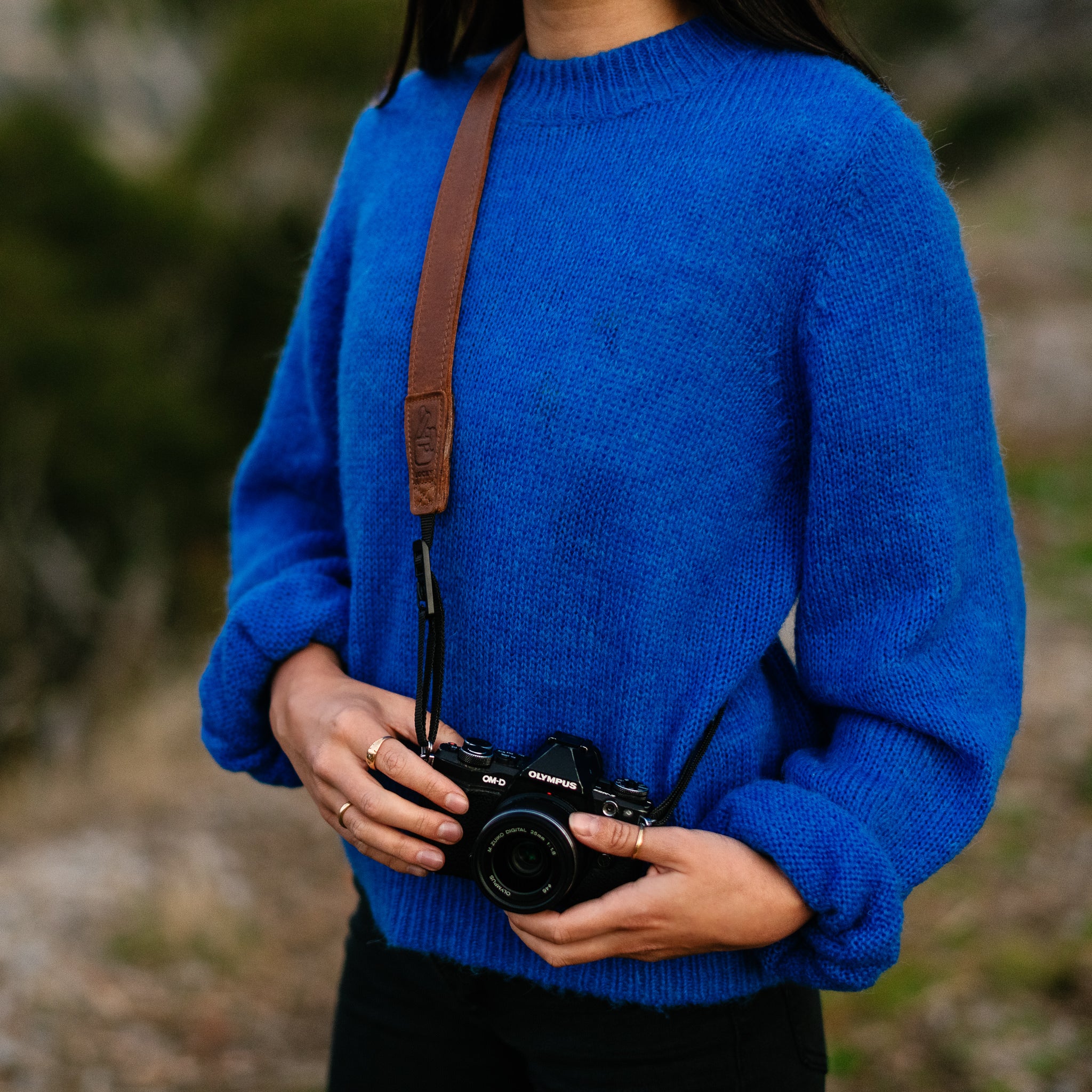
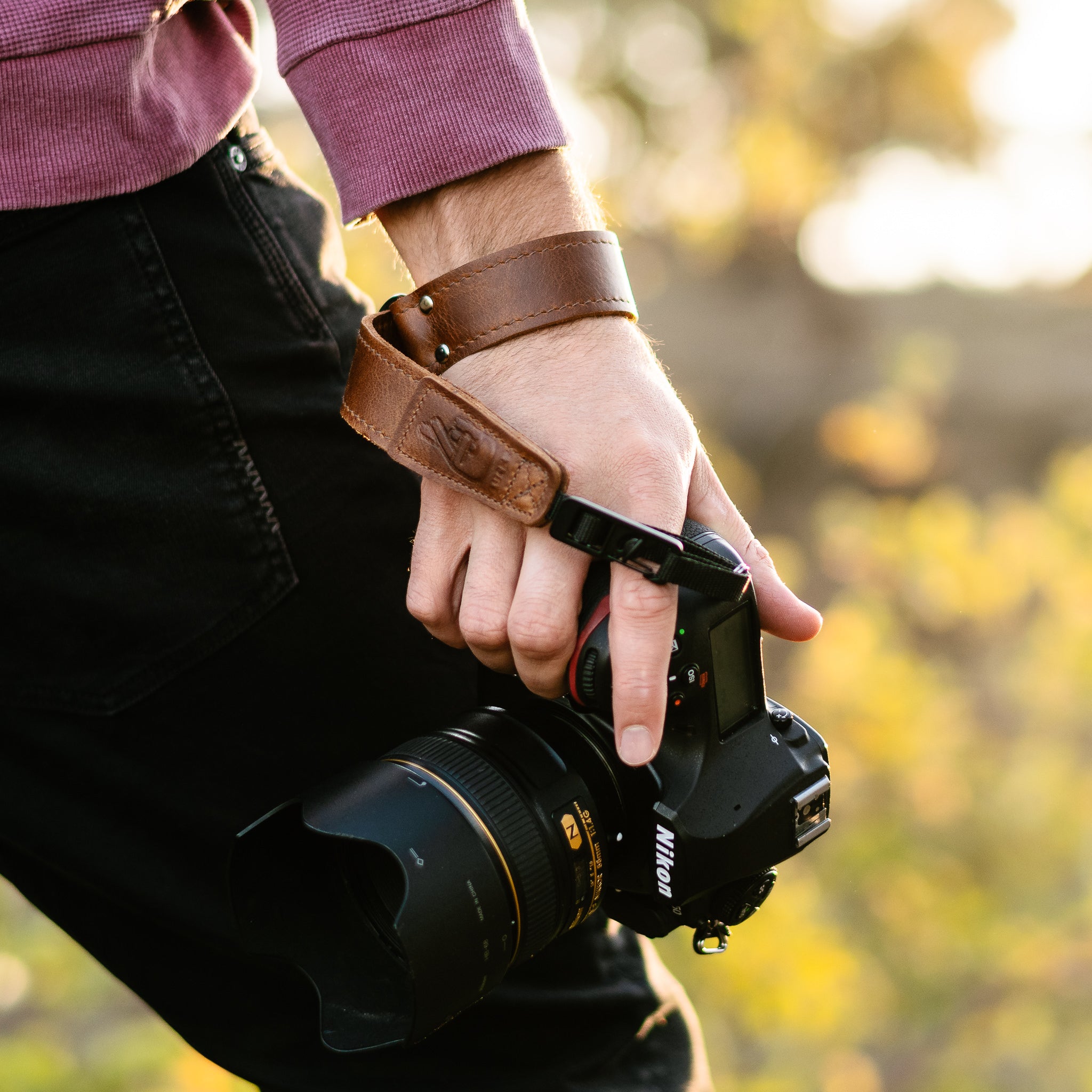
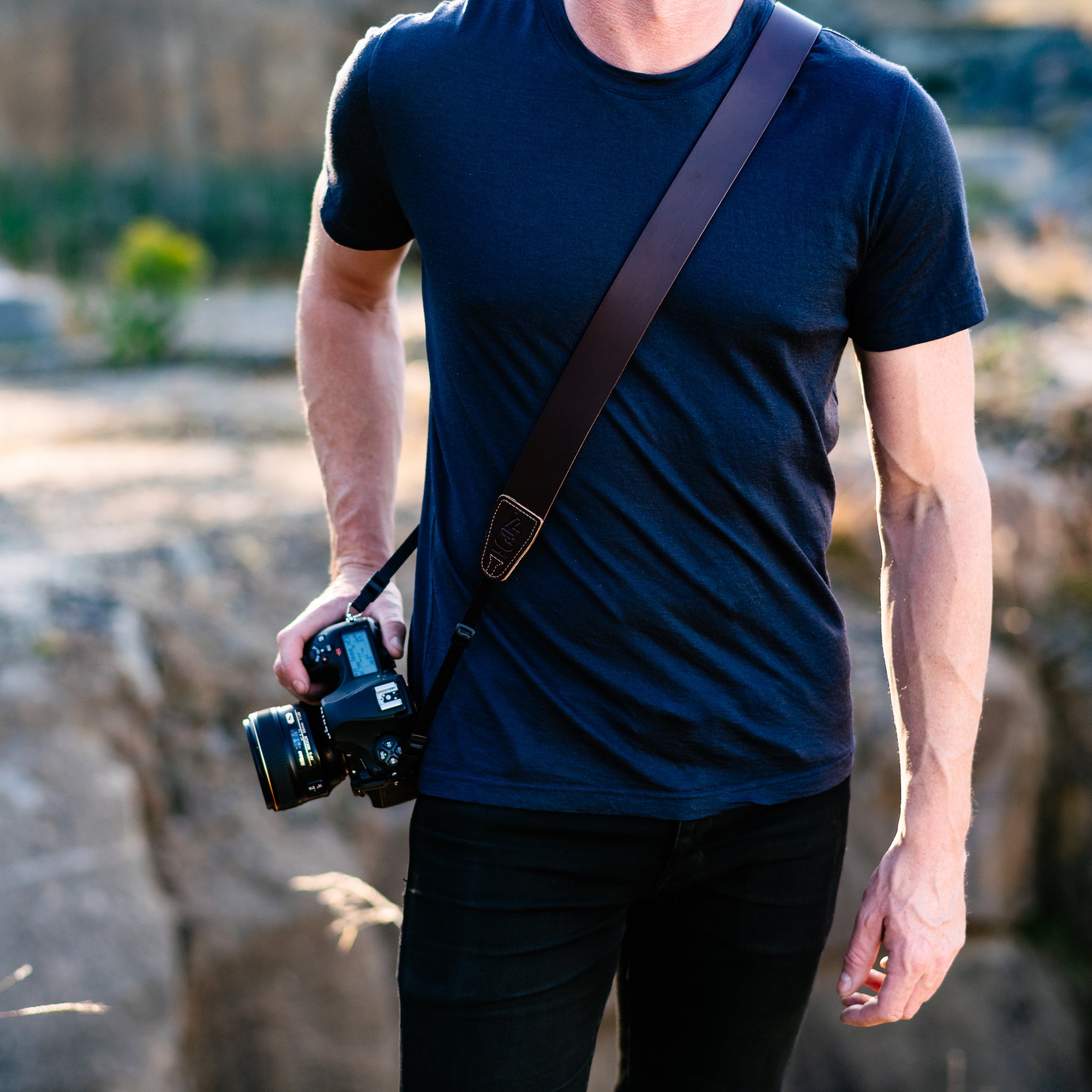
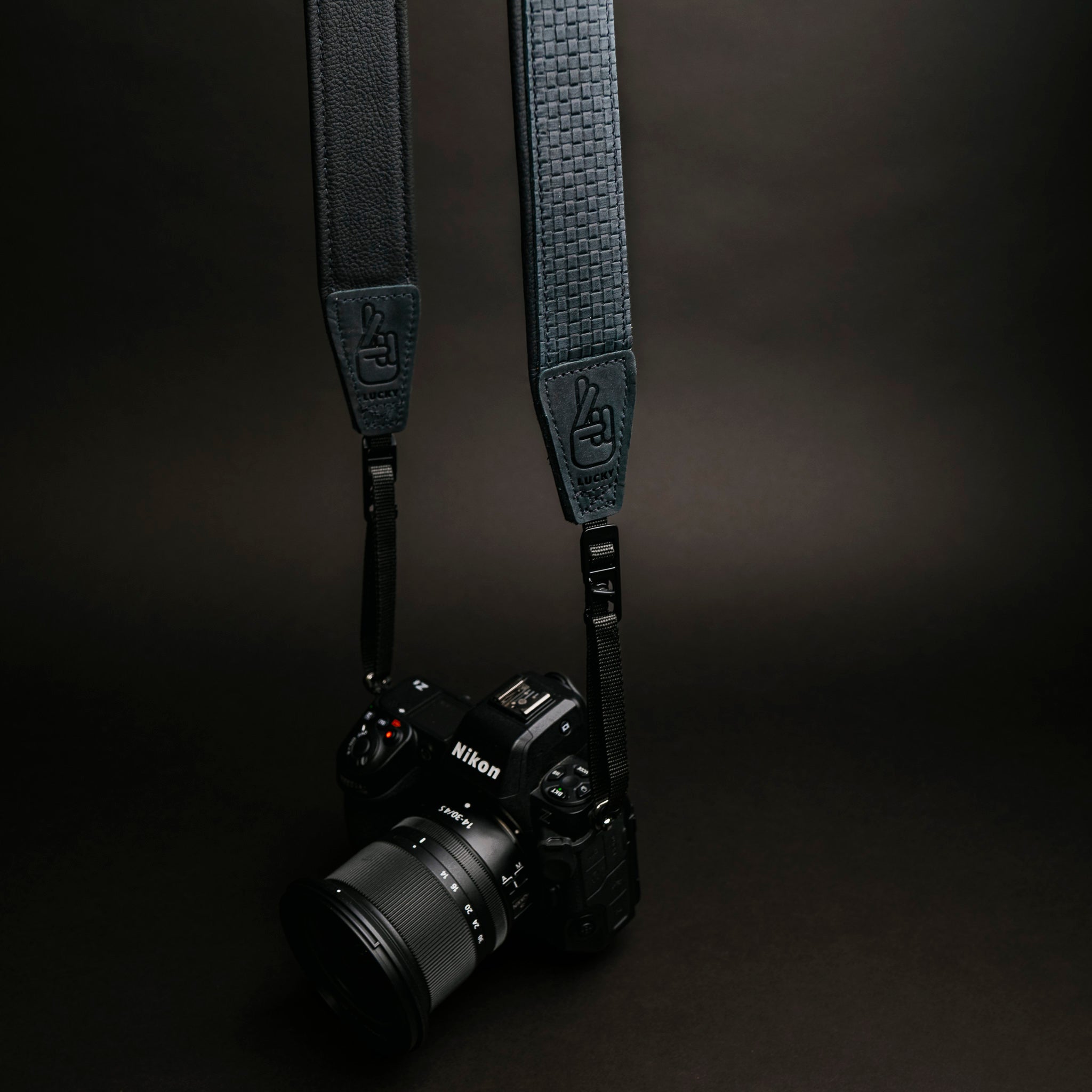
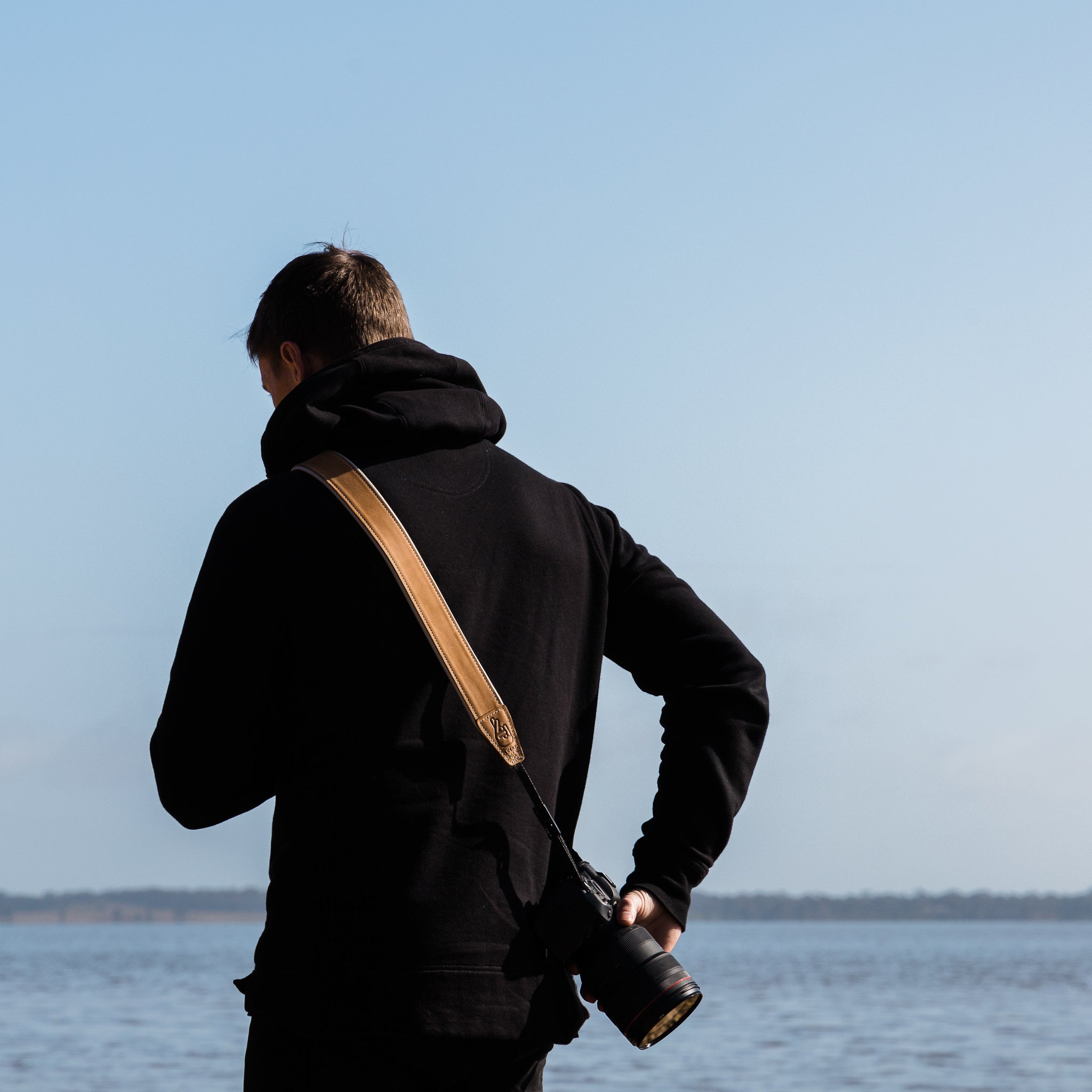
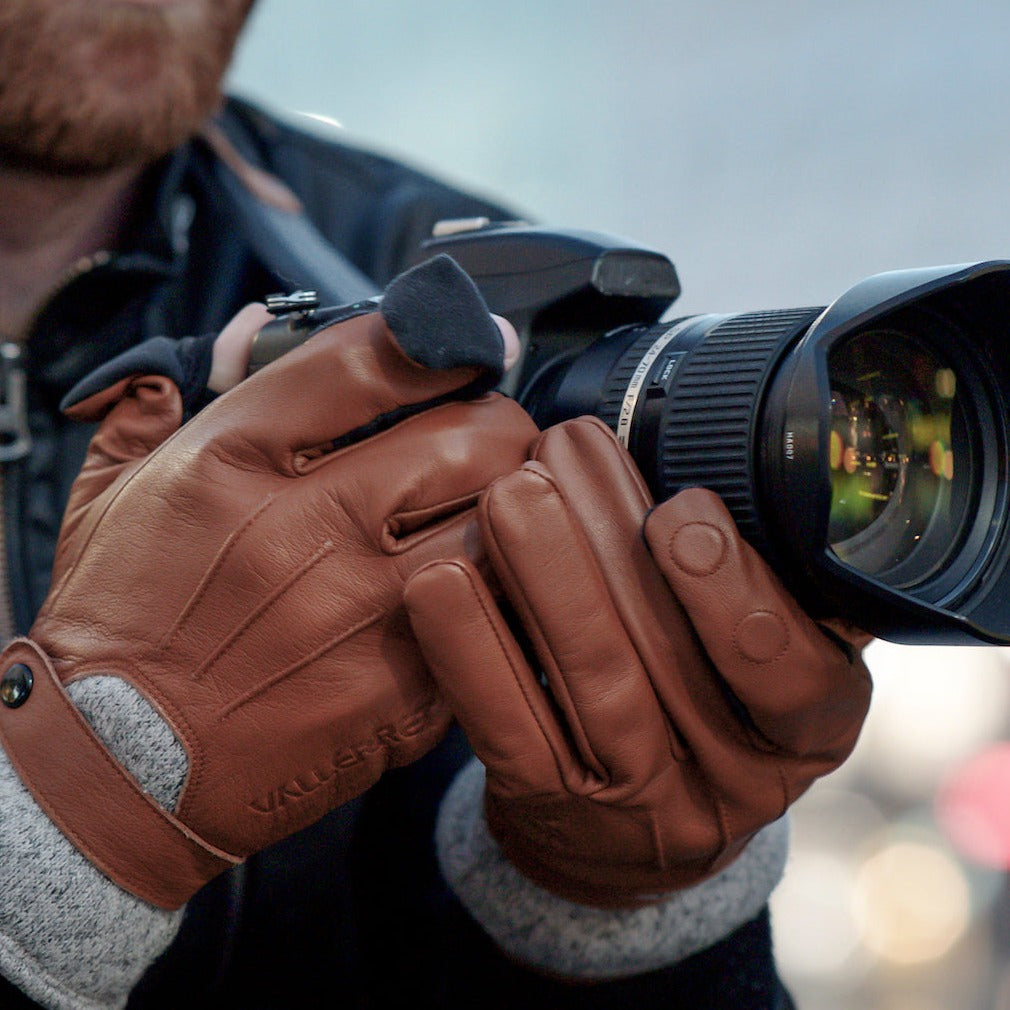
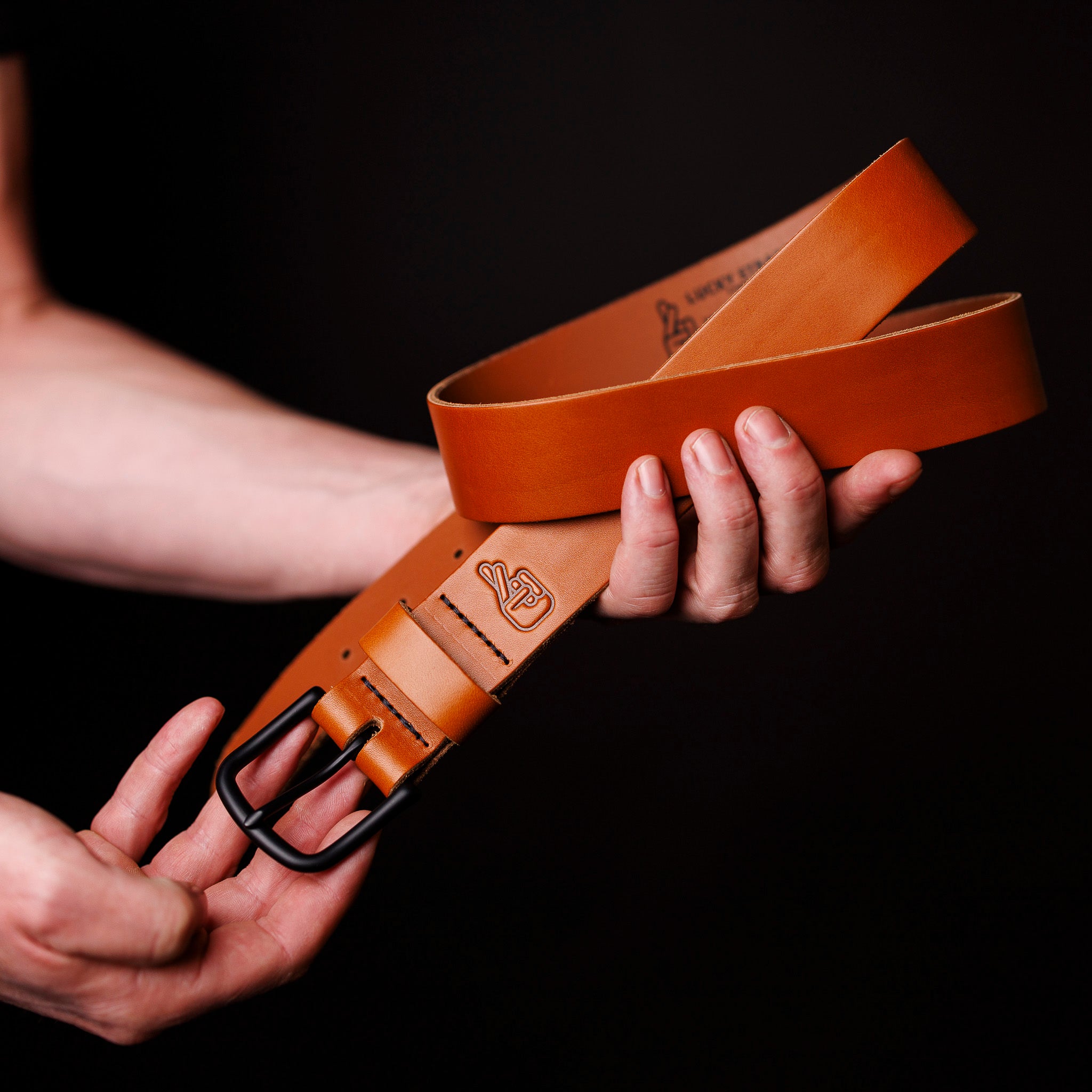
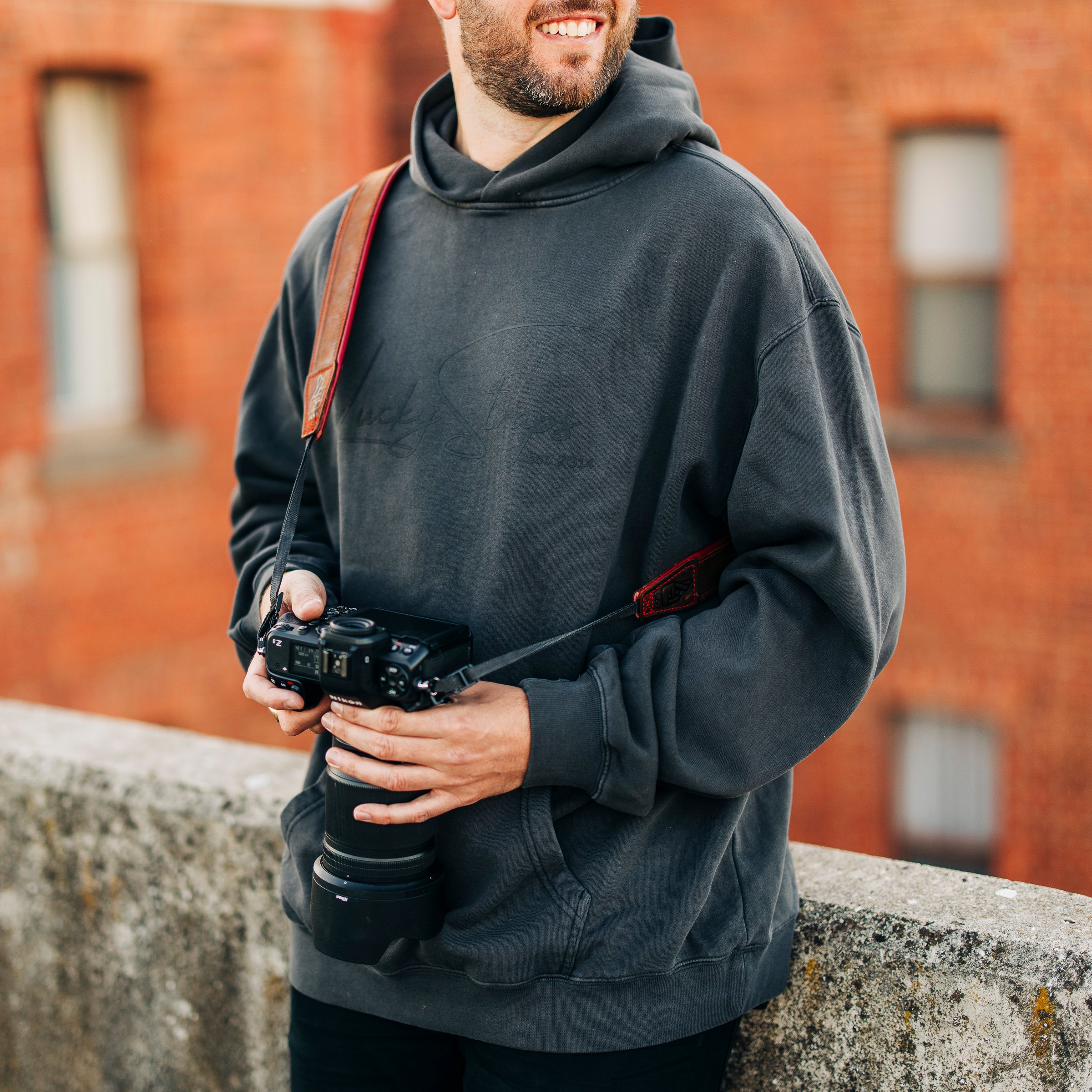
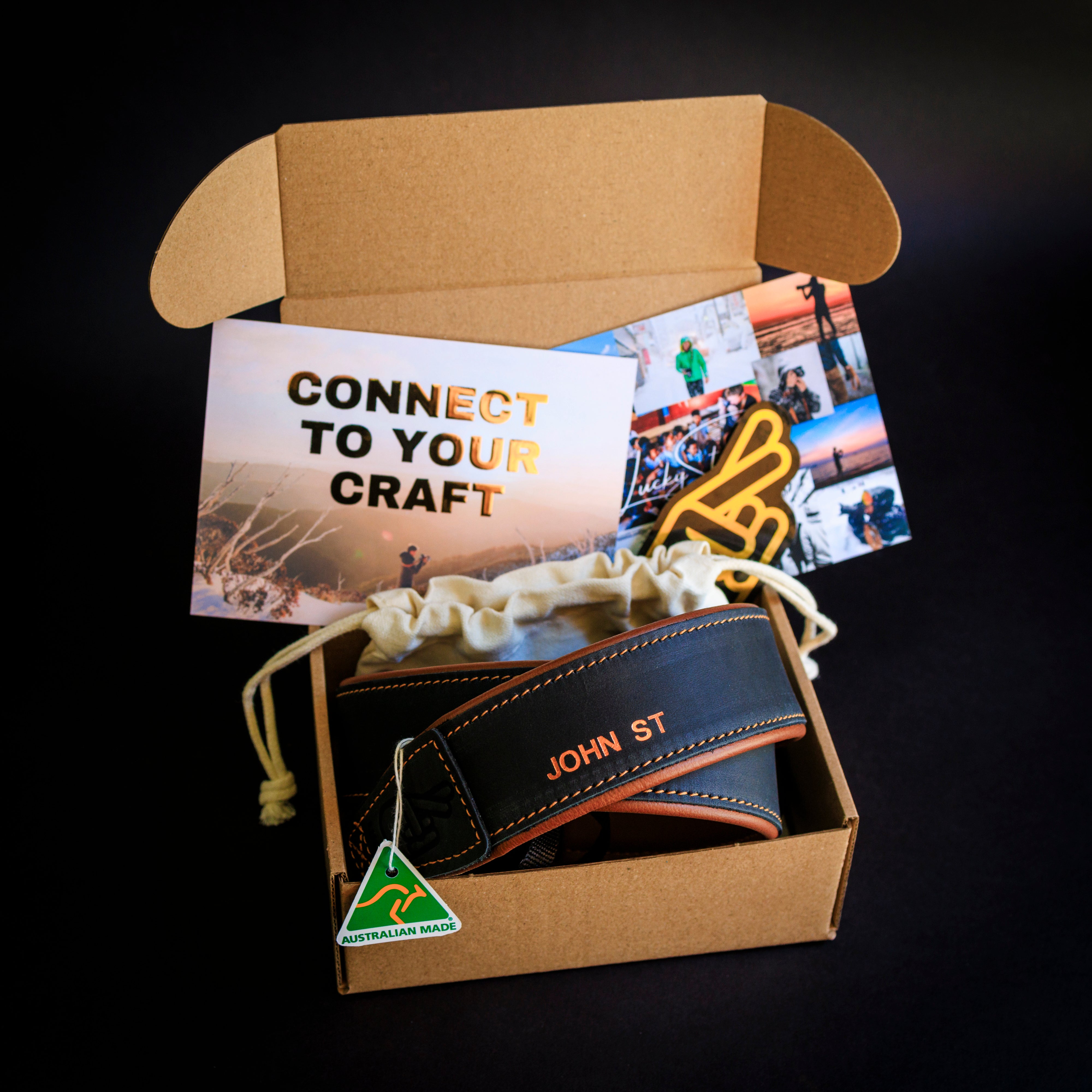

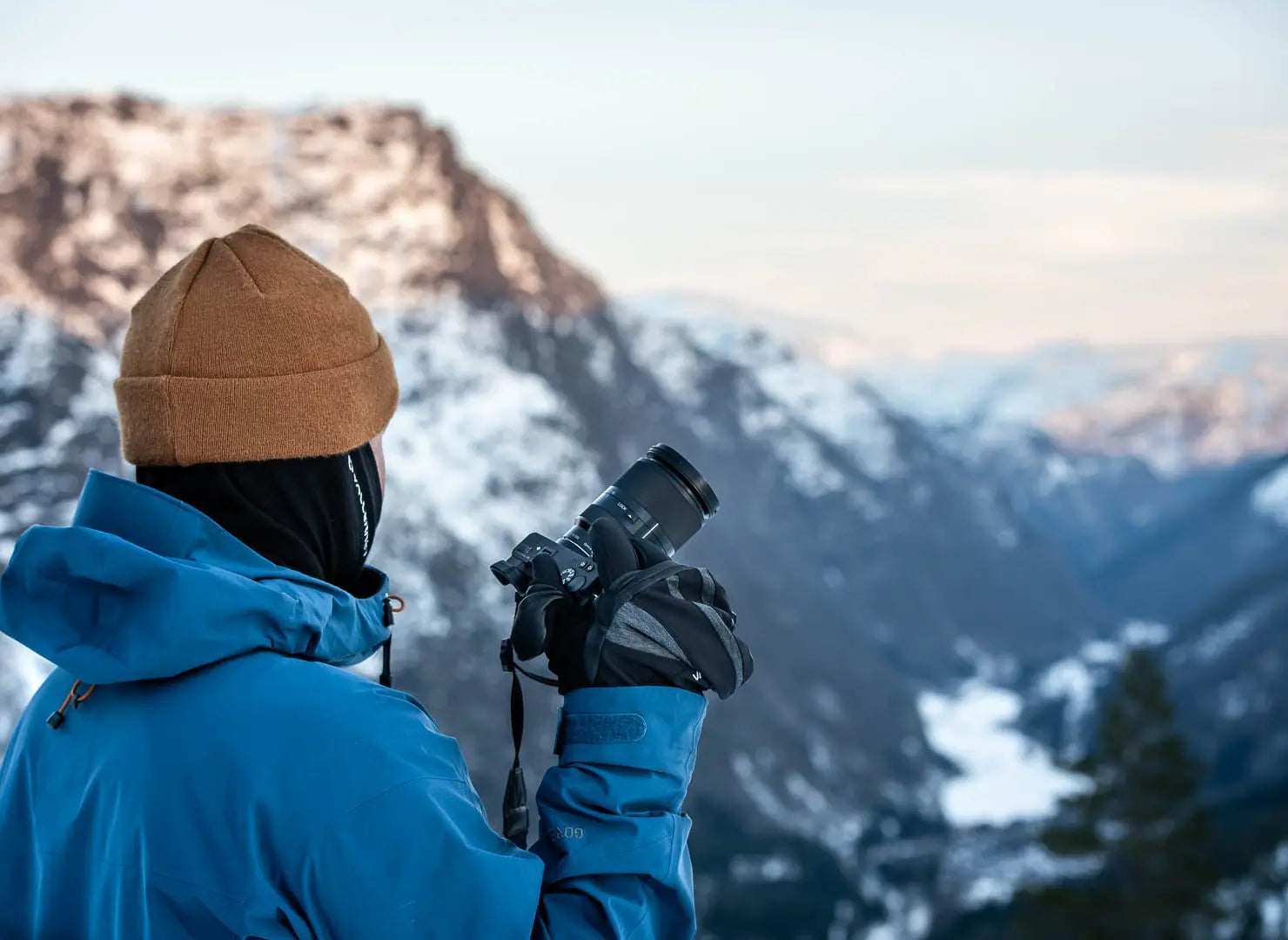
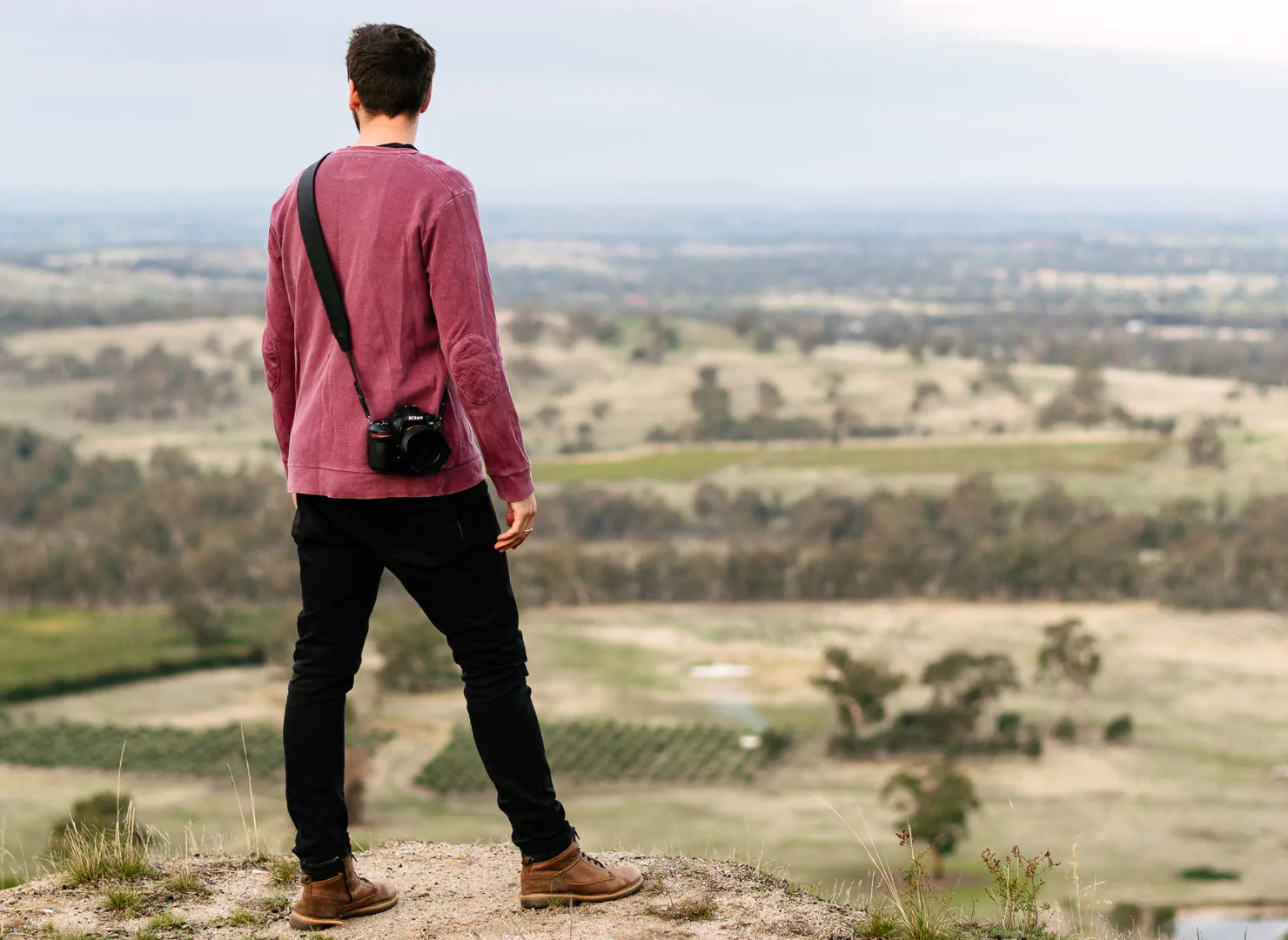
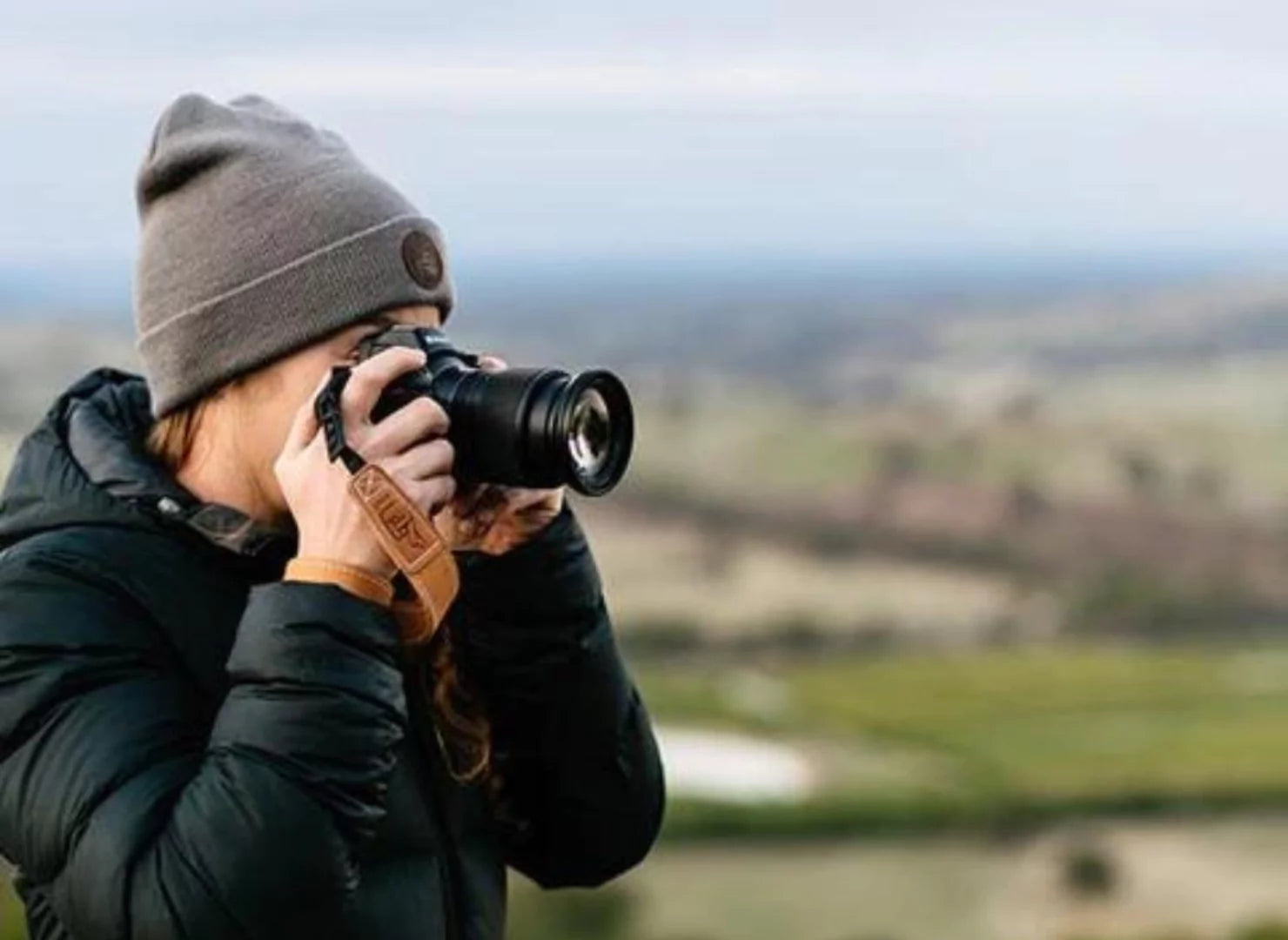
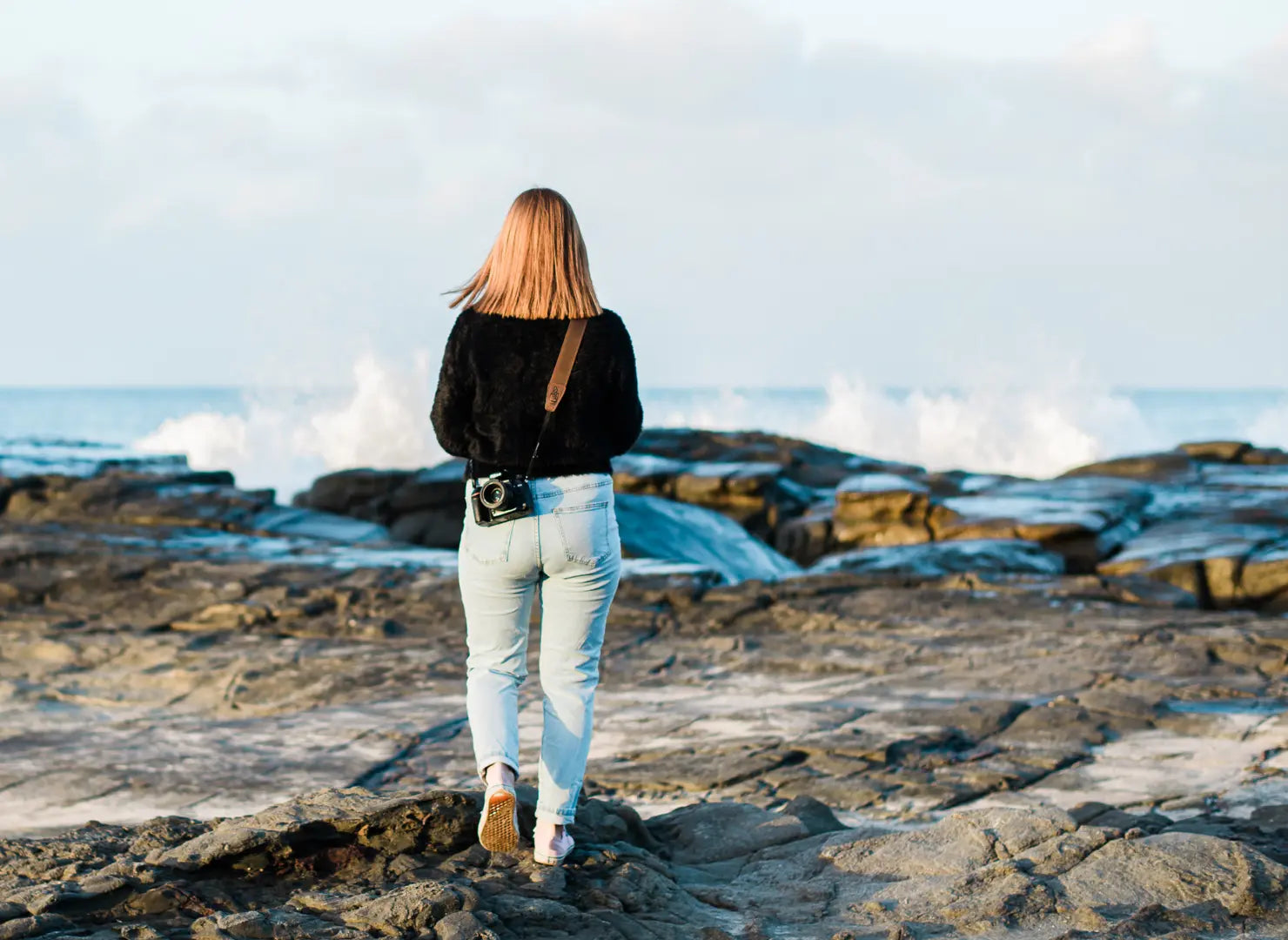
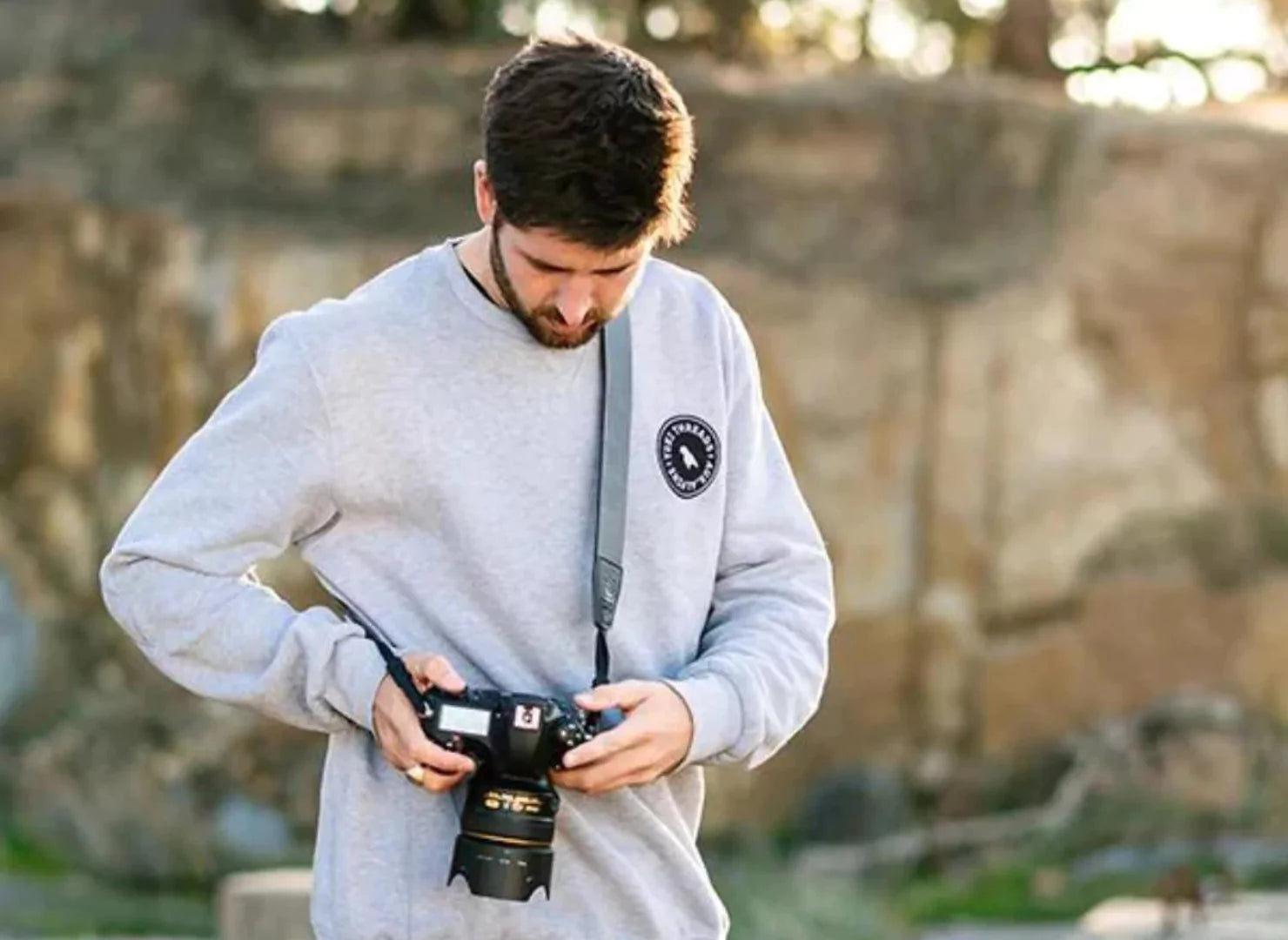
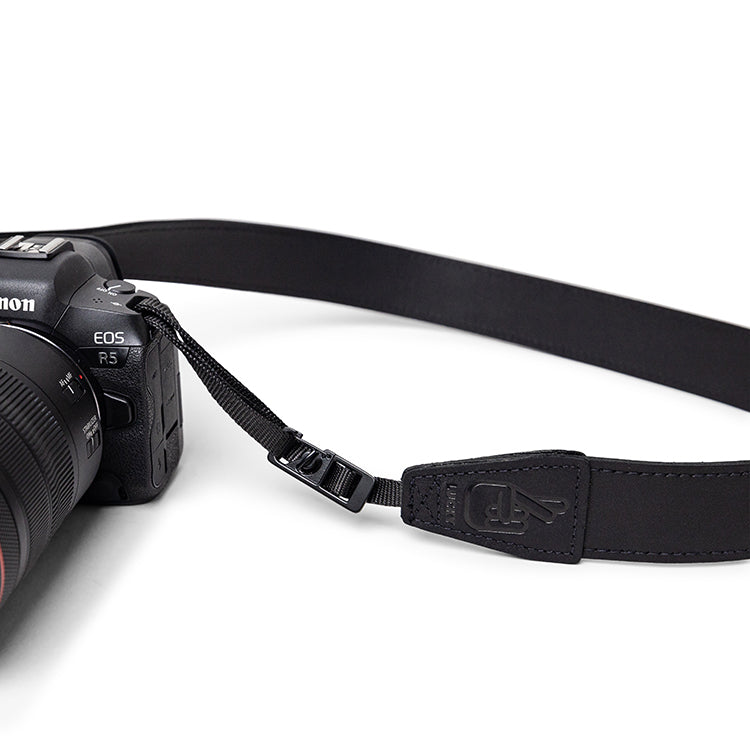

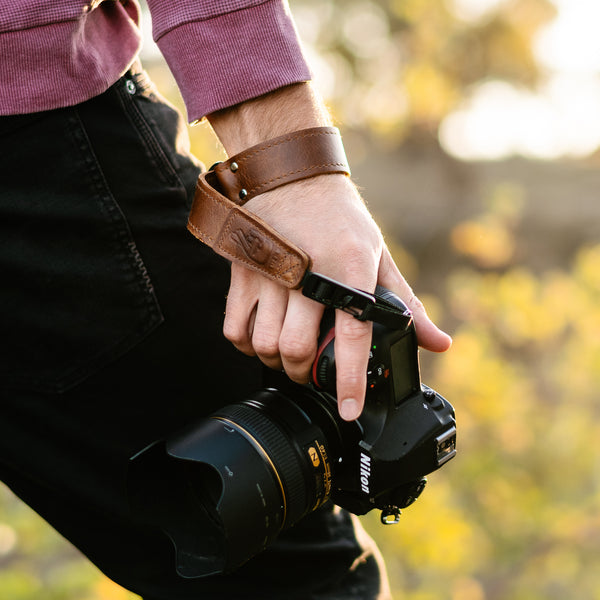



1 comment
jenny doll
Thank you so much for the brilliantly engineered straps! And I appreciate the how to attach the strap video as well. Nice work!
Thank you so much for the brilliantly engineered straps! And I appreciate the how to attach the strap video as well. Nice work!